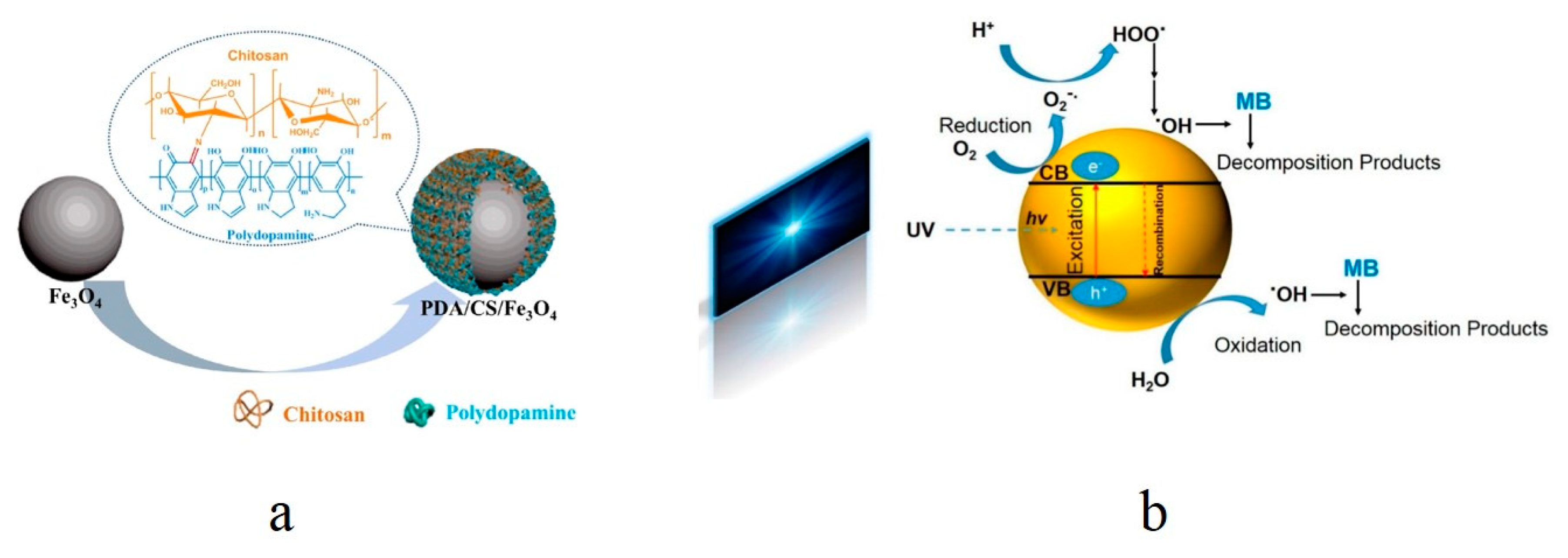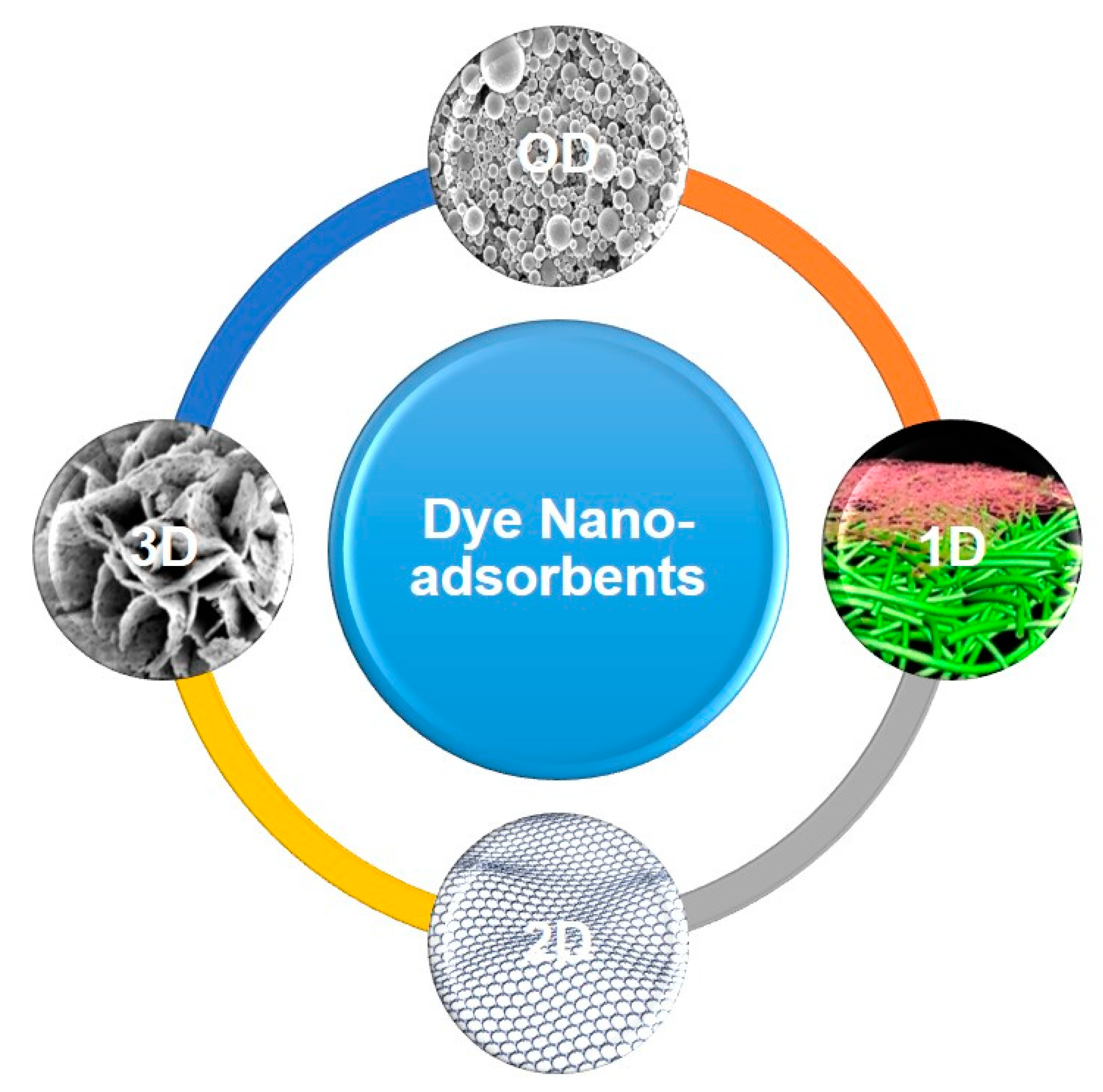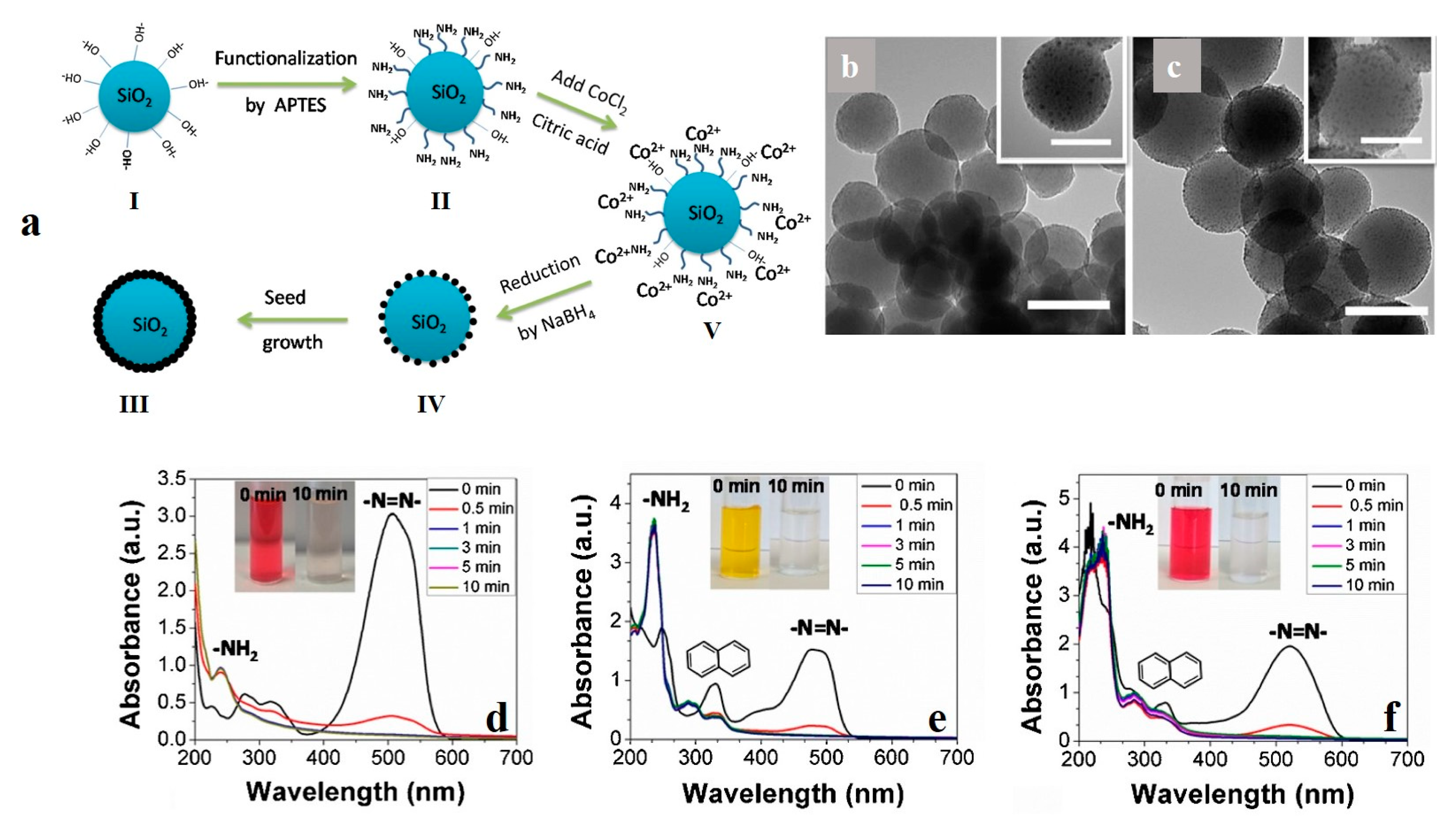Nano Active Dye
Polyester fibers have been widely used in. Dye Jet Output Increased the words up to are used as all color results are slightly different.
 Nanomaterials Free Full Text The Nanosized Dye Adsorbents For Water Treatment Html
Nanomaterials Free Full Text The Nanosized Dye Adsorbents For Water Treatment Html
Finally the operational parameters were optimized based on maximum removal of blue dye.

Nano active dye. To lower the cost highly active heterogeneous Fenton-like catalysts with good chemical stabilityare crucial for advanced wastewater treatment. Vadivel c Anuradha M. Application of polyamide nano-membrane to remove dyes was evaluated for five different.
Possible to use reactive dyes to dye polyester fabrics finished with nano-chitosan and the resulting fabrics will exhibit acceptable washing and rubbing fastness. Near-infrared NIR dye-sensitized upconversion nanoparticles UCNPs can broaden the absorption range and boost upconversion efficiency of UCNPs. Nanotechnology Magnetite Beads Adsorption Blue dye 1 Introduction1 Water is the basic necessity on earth for the.
Near-infrared NIR dye-sensitized upconversion nanoparticles UCNPs can broaden the absorption range and boost upconversion efficiency of UCNPs. Althaf a Pradeepta Babu b KM. The readout of fluorescence intensity and fluorescence lifetime had a good reversibility and were independent of.
As shown in this figure nano ZnO had a greater decolorization efficiency than the normal one. Procion red is one of the most commonly used synthetic dyes in the home textile or Batik industry.
2008 and used optical imaging by fluorescence microscopy. These topic labels come from the works of this organizations members. Chitosan reactive dye polyester alkaline treatment dyeing process.
Together they form a unique fingerprint. However for nano ZnO the removal continued to increase and reached 35 in 60 mins. It can be concluded that the combustion derived nano porous MnO 2 is an efficient.
The active surface area of conventional and hierarchical TiO 2 nanotubes was analyzed by performing a dye adsorption test. The invention provides a black composite reactive dye having three primary color constituents comprising green disazo dye employing ethylene sulfone series arylamine or aniline derivative as diazo component and H acid as coupling component one ore more red disazo dyes employing sulfoalkyl J acid or carboxymethyl J acid derivatives as coupling components one ore more yellow bisazo or polyazo. Here we achieved significantly enhanced upconversion luminescence in dye-sensitized coreactive shell UCNPs via the doping of.
It is found that the degradation as the hydroxyl radicals in the bulk solution. By using hexaphenyl-1H-silole as an example of AIEgen we showed that this nano-thermometer was sensitive to temperature change with a high temperature resolution. To date nano titanium dioxide nano-TiO 2 nano zinc oxide nano-ZnO and nano magnesium oxide nano-MgO and one pure metal nanomaterial nano-zero-valent iron nZVI have been studied for dye adsorption.
Up to 97 Exhaustion. The dye molecules were fully degraded and the addition of hydrogen peroxide H 2 O 2 enhanced the photodegradation efficiency. Adsorption on HCTiO2 as compared to conventional TiO2 nanotubes TNAs due to the enhanced active Two-step anodization surface area of the HC nano-network.
Carbon Nanotubes Chemical Compounds. Up to 75 Less Energy. In this research NCFOHHKUST composites were simply prepared by direct synsedimentary growth of copper benzene-135-tricarboxylate referred as HKUST on nanoscale-confined precursor of CuFe 2 O 4 NCFOH and then applied to catalytic.
Here we achieved significantly enhanced upconversion luminescence in dye-sensitized coreactive shell UCNPs via the doping of ytterbium ions Yb3 in the UCNP shell which bridged the energy transfer from the dye to the UCNP core. Dive into the research topics where DEPARTMENT OF ORGANIC AND NANO ENGINEERING is active. Photocatalytic degradation of Reactive Blue 4 RB4 an anthraquinone dye has been investigated using pure anatase nano titanium IV oxide TiO 2.
The imaginary part of the refractive index of the dye 26 kdye is also displayed. From the results 824 removal of azo blue dye was observed with the initial dye concentration of 25 ppm. For visualization and demonstration of the process of active targeting in vitro we encapsulated Nile Red an hydrophilic organic dye in ORMOSIL nanoparticles the dye becomes suitable for using in bioenvironments as an optical probe after encapsulation Qian et al.
Was investigated by batch adsorption studies. This synthetic dye is difficult to degrade due to the strong covalent bonds between the carbon atoms of the dye stuff and the O N or S atoms of the hydroxy. Titanium plates containing conventional titania nanotubes prepared via first step anodization as previously described hierarchical porous nano-networks prepared via second step anodization in different aged electrolytes and a control polished titanium Ti having equal dimensions were ultrasonically cleaned using distilled water and acetone and dried.
These metals are not from the same group in the periodic table and their physical and chemical properties as well as their adsorption mechanisms are significantly different. Dye-sensitized solar cells Chemical Compounds. X 2 rN and x x where N is the refractive index of the electrolyte.
Also ruthenium-based dye adsorption analysis demonstrates better dye Keywords. -The amount of dye uptake mgg was found to increase with increase in adsorbent dose upto 04 g L 1 and beyond which it decreases. For a ZnO and nano ZnO dose of 200 mgL reaction time of 60 min and dye concentration of 50 mgL the efficiency of decolorization using ZnO was steady at 7.
Owing to the small value of the dye-coating layer thickness around 1 nm both uncoated and dye-coated particles are approximately characterized by the same size parameter. The Nano-Dye Process sets a new benchmark for the cotton and cottont blend textile exhaust dyeing industry by radically improving dye process sustainability. Up to 75 Less Water.
Emission AIE-active dye as a reporter which is simple to fabricate. The amount of dye adsorbed was found to vary with adsorbent dosage. Visible light active LaFeO 3 nano perovskite-RGO-NiO composite for efficient H 2 evolution by photocatalytic water splitting and textile dye degradation Author links open overlay panel T.
 Nanomaterials Free Full Text The Nanosized Dye Adsorbents For Water Treatment Html
Nanomaterials Free Full Text The Nanosized Dye Adsorbents For Water Treatment Html
 Enhanced Adsorption Of Cationic Dyes Using Sulfonic Acid Modified Activated Carbon Sciencedirect
Enhanced Adsorption Of Cationic Dyes Using Sulfonic Acid Modified Activated Carbon Sciencedirect
 Nanomaterials Free Full Text The Nanosized Dye Adsorbents For Water Treatment Html
Nanomaterials Free Full Text The Nanosized Dye Adsorbents For Water Treatment Html
 Nanomaterials Free Full Text The Nanosized Dye Adsorbents For Water Treatment Html
Nanomaterials Free Full Text The Nanosized Dye Adsorbents For Water Treatment Html
 Active Sites Enriched Carbon Matrix Enables Efficient Triiodide Reduction In Dye Sensitized Solar Cells An Understanding Of The Active Centers Sciencedirect
Active Sites Enriched Carbon Matrix Enables Efficient Triiodide Reduction In Dye Sensitized Solar Cells An Understanding Of The Active Centers Sciencedirect
 Application Of Novel Magnetic B Cyclodextrin Anhydride Polymer Nano Adsorbent In Cationic Dye Removal From Aqueous Solution Sciencedirect
Application Of Novel Magnetic B Cyclodextrin Anhydride Polymer Nano Adsorbent In Cationic Dye Removal From Aqueous Solution Sciencedirect
 Exploration Of The Adsorption Capability By Doping Pb Znfe2o4 Nanocomposites Ncs For Decontamination Of Dye From Textile Wastewater Sciencedirect
Exploration Of The Adsorption Capability By Doping Pb Znfe2o4 Nanocomposites Ncs For Decontamination Of Dye From Textile Wastewater Sciencedirect
 Synthesis Of Panos Extract Mediated Zno Nano Flowers As Photocatalyst For Industrial Dye Degradation By Uv Illumination Sciencedirect
Synthesis Of Panos Extract Mediated Zno Nano Flowers As Photocatalyst For Industrial Dye Degradation By Uv Illumination Sciencedirect
Post a Comment for "Nano Active Dye"